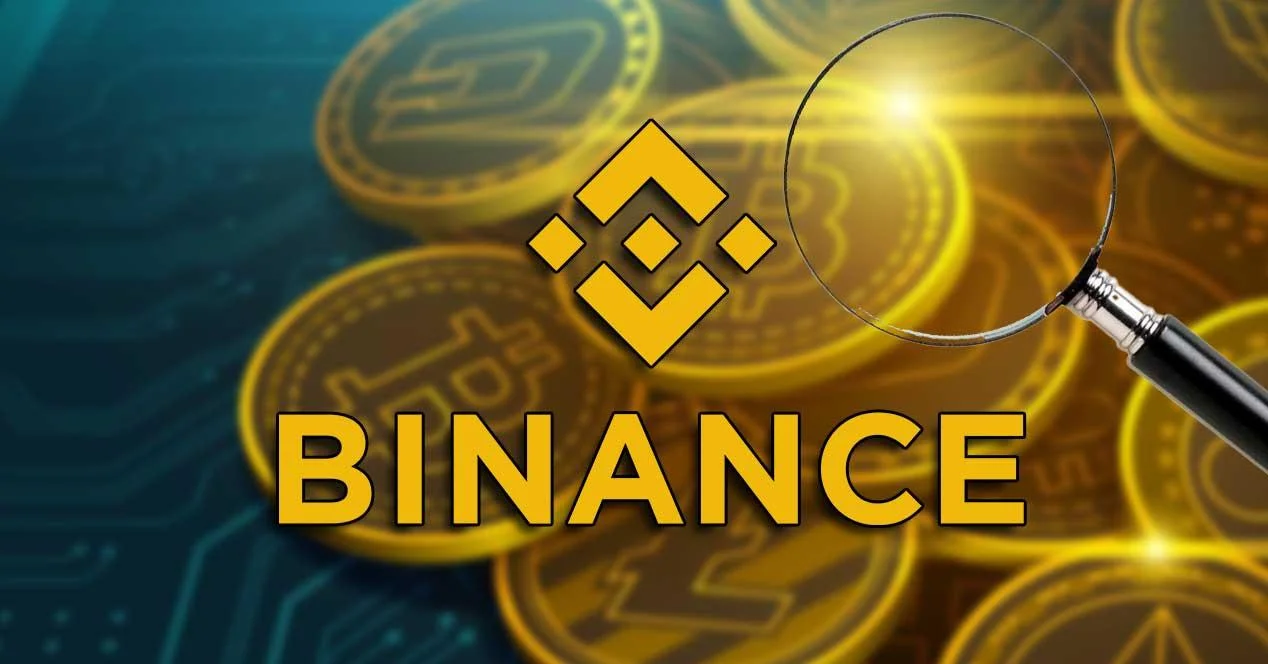
While Ethereum stays strong as the top-notch environment for many decentralized applications (dApps), other chains like Binance Smart Chain are gaining traction quickly. This chain’s main perk over Ethereum is its lower fees. If it has your interest, keep reading for the Binance-based projects development best practices
In the Binance platform, you can leverage the Smart chain protocol for dApp development in a cross-chain network. Created 2 years ago, BSC (in full, Binance Smart Chain) became successful fast.
BSC’s major goals are to have more favorable fees than Ethereum and simplify things for new developer onboarding. Besides, instead of creating an entirely new chain from the get-go, they decided to fork Ethereum. This makes sure that current tools (e.g., Solidity) Ethereum blockchain developers rely on would be compatible with BSC programming as well.
The online tool Remix supports you in writing Solidity contracts. It features plugins used to test, debug, and implement smart contracts. Visit here to launch browser-based Remix IDE.
In chains that power smart contracts, you build crypto tokens depending on standards. Building decentralized applications, wallets, and exchanges would be some of these standards. Where the well-known standard of Ethereum is the ERC-20 token, Binance Smart Chain adopts the BEP-20 standard. BUX Token, CAKE Token, and BUSD Token are several instances of BEP-20 tokens.
There is a smart contract in each solidity file. A Solidity contract is practically the same as OOP language-specific classes in that it wraps a set of your variables, events, functions, blockchain state, and modifiers.
The mapping defines itself as a Solidity keyword. Your key is generally an address with which you have the balance referenced with the record map. Your arrow should point to the mapping direction.
Also, events are powered by the Ethereum Virtual Machine, enabling wallets, loggings, etc., to perform actions on the user’s behalf. Thanks to the events, the calling client receives updates about the smart contract condition.
Object-oriented programming has the constructor always initialized. Meanwhile, Solidity invokes it just one time when the contract is executed to ‘init’ the state of the smart contract.
To check how many tokens there are in the address of a user, you shall build a function for getting an address argument and returning the balance in the particular address. Smart contract functions become invoked to take on-demand actions, for example, updating the chain condition.
A function for ‘transfer’ transaction support is necessary for the smart contract of your Binance Smart Chain. Within this function, you should see to it that the calling party implementing the transfer is the token owner.
For delegate transaction support, you shall approve the spender’s actions. In this way, the account owner can let the delegate transfer the approved number of tokens. Remember that the ‘approve’ function will set a limit to the token value deducted from the balance of the sender.
In conclusion, we hope you can get a better picture of Binance’s development after reading through this post. For more relevant information and support, feel free to reach out to us.
Increased acceptance and knowledge sharing have aided the spontaneous growth of cryptocurrency over the last…
Blockchain can be intimidating to research, but attending cryptocurrency events is one of the best…
Blockchain has made inroads into all major industries and is also becoming a part of…
In recent years, blockchain lending solutions have grown in popularity as a way to earn…
The scalability trilemma is still one of the blockchain's most pressing issues. Here are some…
Many people are looking for ways to get involved in the crypto world as the…